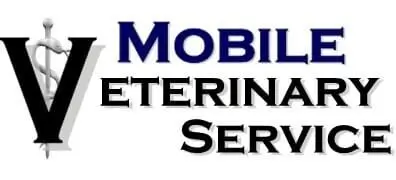Uterine and Vaginal Prolapses in Cattle
by Ben J. Character, DVM
Vaginal and uterine prolapse are two problems that can be seen during calving season. They are both related, in different ways, to the calving process. Although related, each has a different cause and should be considered differently as the producer makes decisions pertaining to culling.
The uterine prolapse is a condition that occurs after calving. It is most common in dairy cows, but is seen occasionally in beef cows as well. Uterine prolapse occurs when a cow has trouble getting up after calving. In the dairy cow, this is most frequently related to a cow down from hypocalcemia (milk fever). In the beef cow, uterine prolapse is usually seen in cows with some degree of paralysis (nerve damage) after calving. Because of the possibility of fatal complications, uterine prolapse should be considered an emergency and dealt with as soon as possible.
The vaginal prolapse is a condition that occurs before calving. It is common in beef cows, and is usually seen on the second or third calving. Vaginal prolapse is a genetic condition, and can be inherited from the cow or the sire. It commonly occurs in the Brahman influence breeds (Beefmaster, Brangus, etc), Herefords, and their crosses. Vaginal prolapse usually occurs secondary to the hormonal changes that occur near calving. The optimal time for a vaginal prolapse to occur is sometime within 2 weeks of calving. A vaginal prolapse is not an emergency, but should be corrected as soon as convenient.
If a vaginal prolapse is diagnosed, the cow (and any offspring) should be considered for cull due to the high likelihood of the condition occurring again in subsequent pregnancies, and the good chance of any potential offspring having the problem as well.
Contrary to this, a uterine prolapse is an accident, and, if the cause can be corrected, should not happen again in the future.

